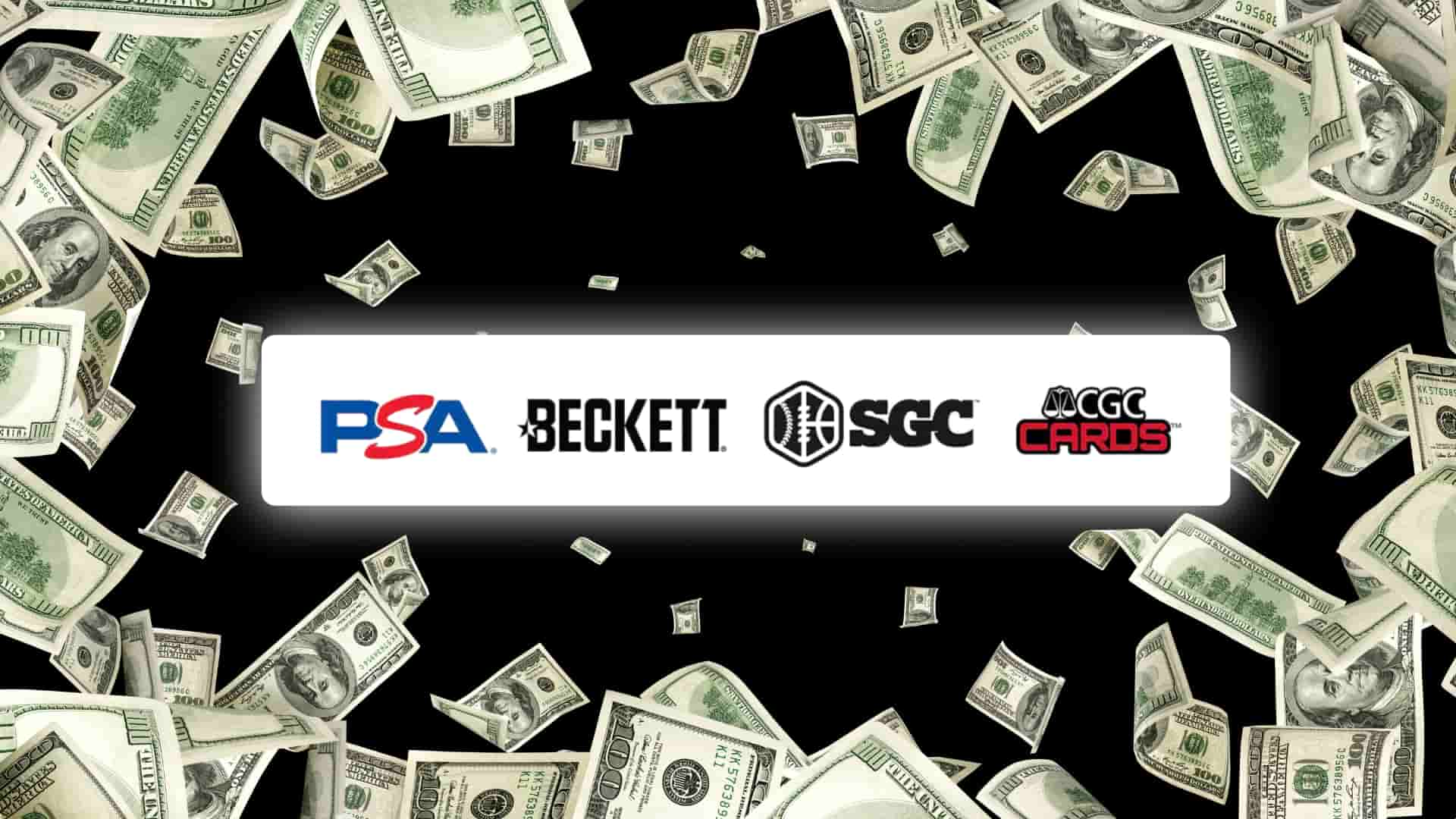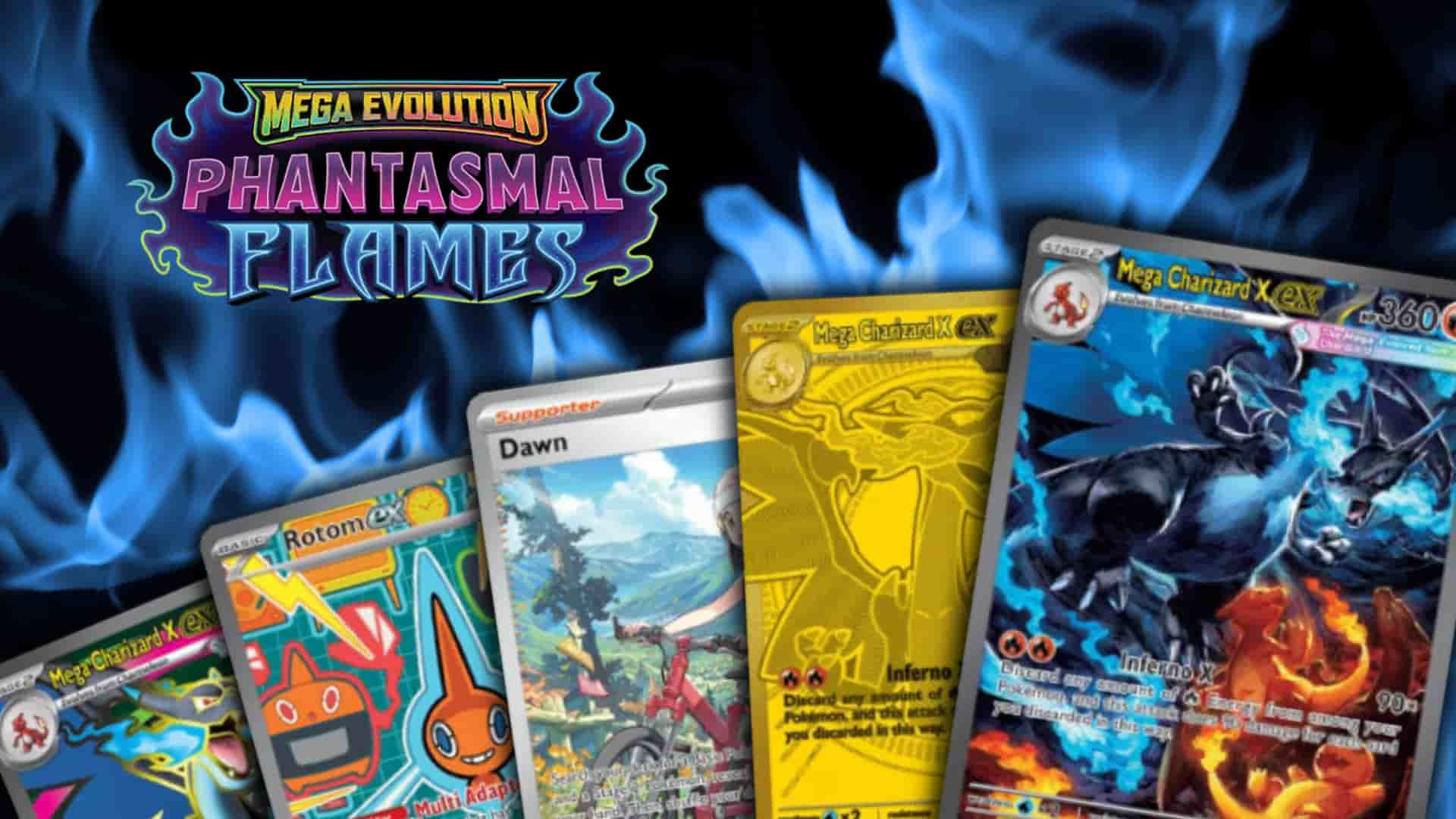Ever had that heart-sinking moment? You pull a card that looks perfect. It’s a laser-cut beauty, fresh from the pack. You’re already imagining it in that glorious PSA 10 slab. You pay the fees, you wait the agonizing wait, and… it comes back a 9.
You stare at it, perplexed. “What did they see that I didn’t?!”
Welcome to the brutal, high-stakes world of Gem Mint grading. As a seasoned peer in this hobby, let me tell you the single most important lesson I’ve learned: most cards are born as 9s.
That “pack fresh” feeling is a myth. The journey from the printer, through the rollers, past the cutters, and into that booster pack is a gauntlet. Many cards fail before they’re ever touched by human hands.
The difference between a 9 and a 10 isn’t just one number; it’s an exponential leap in value. We’re talking about a card that’s valuable as a 9 becoming a small car as a 10. Sending in a card that has a 0% chance of getting that 10 isn’t just disappointing; it’s like throwing money away. Think about the grading fees, the shipping… it all adds up. You can even run the numbers yourself with a grading card profit calculator to see how brutal a 9 can be to your bottom line.
So, how do we stop guessing and start knowing? You learn to pre-grade.
This is the guide I wish someone had given me before. We’re not just “improving your chances”; we’re building a “Gem-Mint-or-Bust” filter. Your new goal is to stop paying to grade your 9s. Let’s get to it.
Your Pre-Grading Battle Station (The Tools)
First, stop “eyeballing” your cards. You can’t just glance at a card in your hand and declare it a 10. A human grader is going to be looking at your card with high-powered tools, so you need to do the same.
- The Flaw-Finder (A High-Intensity Light): This is your most important weapon. Not your phone’s flashlight. You need a dedicated, bright LED desk lamp. You’re going to use the “raking light” technique, which means shining the light at a low, oblique angle across the card’s surface. This will make every microscopic scratch, dimple, or print line cast a shadow.
- The Validator (Magnification): You need a jeweler’s loupe, at least 10x-15x power. The light finds the anomaly; the loupe confirms it. This is for inspecting those corners and edges up close.
- The Quantifier (A Centering Tool): Stop guessing if a card is “a little off-center.” Get a cheap plastic centering tool. Grading companies use them, so you should too.
- The “Do No Harm” Kit: A high-quality, lint-free microfiber cloth. That’s it. (More on this later).
The Four Pillars: Your Grading Elite Four
To get a Gem Mint 10, your card has to be nearly flawless across four categories. Think of this as the Elite Four of grading. A card that’s perfect on three but fails one is a 9. Every time. These are the basics of Pokémon card conditions.
1. Centering
This is the most straightforward, mathematical test. Is the border even on all sides? We’re not just looking at the front; you must check the back, too.
This is also your first major strategic choice. Each of the different grading companies has their unique standards.
- PSA famously allows a 60/40 centering split on the front and an even more generous 75/25 on the back.
- BGS & CGC are much stricter, generally requiring a 55/45 split or better for their top grades.
This means a card with 58/42 centering is a perfect candidate for a PSA 10 but is mathematically disqualified from a BGS 10. Pre-grading your centering doesn’t just tell you if you should grade, it tells you where you should send it.
2. Corners
The standard for a 10 is “four perfectly sharp corners.” This is where your 10x loupe becomes your best friend.
You are hunting for one thing: whitening. Even a single, microscopic white “touch” or “speck” on the tip of a corner is enough to knock it down to a 9. An amateur sees a “sharp corner.” A pro sees a “soft” corner (meaning it’s slightly fuzzy or rounded) or a “micro-touch.”
Check all eight corners (four front, four back). For modern cards, there is zero tolerance. While vintage cards (like shadowless cards) have softer cardstock and might get a tiny bit of leeway, a modern card with any whiting is an instant 9.
3. Edges
Closely related to corners, you’re looking for clean, smooth edges. The “Gem Killer” here is “chipping” or “silvering” (on foil cards).
Run your finger gently along the edge (with a glove or clean hands!). Do you feel any “nicks”? Look for any spots where the color has chipped away, revealing the white cardstock beneath.
Pro-Tip: Dark-bordered cards are graded much more harshly on their edges. Why? Because a tiny white chip on a white-bordered card is invisible, but on a black or blue border, it sticks out like a Snorlax in a Magikarp pond.
4. Surface
This, my friends, is the real challenge. This is where 90% of “pack fresh” cards fail. Most cards are born with surface flaws from the factory.
This is where your high-intensity raking light is non-negotiable. Place the card on a clean, dark mat and shine the light across it at a low angle. Rotate the card and check it from all four directions.
You’re hunting for:
- Scratches: These are often faint “hairlines” that you can only see with the raking light.
- Fingerprints: These are usually fine if they can be cleaned. (See the next section).
- The “Fog Test”: “Huff” a quick bit of hot breath onto the card surface. As the fog fades, it will catch on any microscopic scuffs or scratches, revealing them instantly.
- Factory Flaws (The Real Enemy): This is what you must train your eye to see.
- Print Lines: Faint, systematic lines that run across the card, especially common on holofoils.
- Roller Lines: Faint, often parallel indents or “tracks” from the factory rollers.
- Dimples or “Orange Peel”: A pock-marked or bumpy texture on the surface of chrome or holo cards.
- “Snow”: A spray of tiny white print dots.
If you find any of these factory flaws, it’s a 9. Period. Don’t waste your money.
The “Do No Harm” Rule
This is the most important part of this guide. Your goal is to filter, not fix.
What You CAN Do (Permissible):
If your raking light reveals a fingerprint, a smudge, or a piece of dust, you can gently wipe the card with a clean, high-quality microfiber cloth. Always blow any loose dust off the card before you wipe. Wiping dust across a holo surface is how you create those hairline scratches. If you’re wondering is it ever safe to clean a Pokémon card before grading, the answer is only this: a gentle, dry wipe with a microfiber cloth.
What You CANNOT Do (Prohibited Alteration):
If you find a white corner, you will be tempted to take a marker of a similar color and “fix” it. If you find a rough edge, you might be tempted to “trim” it. DO NOT DO THIS. Graders are trained professionals who use UV lights and high magnification. They will catch you. Your card will be returned ungraded and labeled “ALTERED,” which destroys its value forever.
Triaging: The “Yes,” “Maybe,” and “Heck No” Piles
Now it’s time to sort your champions from your binder-fodder.
- The “Yes – Gem or Bust” Pile: These are your perfect specimens. You’ve hit them with the raking light, you’ve put them under the loupe, you’ve measured the centering. They are flawless. These are the only cards you should be sending in if you’re hunting 10s.
- The “Maybe – The 9 Pile”: This card has one tiny, borderline flaw. Maybe one corner is just a little “soft.” Maybe the centering is 65/35. This is a beautiful card… for your binder. Do not waste the grading fee. It’s a 9.
- The “Heck No – Reject” Pile: This card has a visible print line, a clear (even if small) white speck on a corner, or an obvious scratch you found with the fog test.
Here’s the secret: The “Heck No” pile is your most profitable pile.
Every card you put in that pile just saved you $20, $30, or more in grading fees. That’s money you can now use to buy more raw cards that have a real shot at the “Yes” pile. This is how you stop gambling and start investing.
It’s a tough discipline to learn, especially when you’re looking at a rare card. But remember, the grading standards have only gotten tougher over the years (a big reason old certs vs new certs is even a debate). By being your own toughest grader, you’re protecting your wallet and building a collection of true gems.
Happy hunting!






